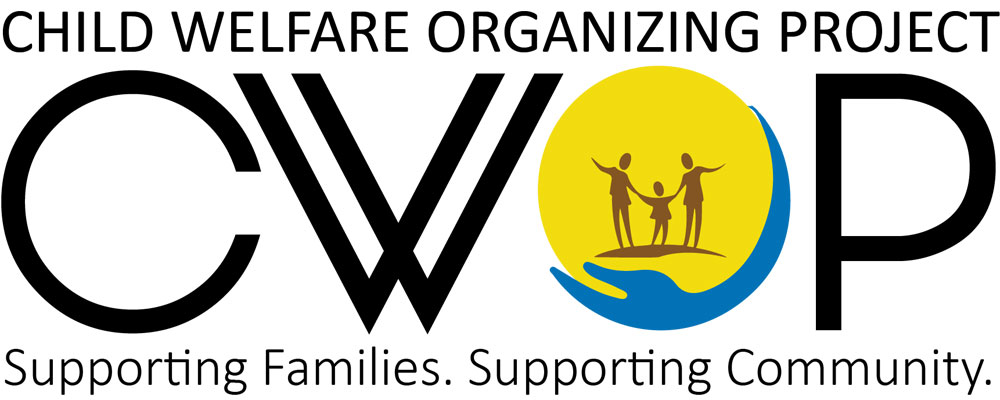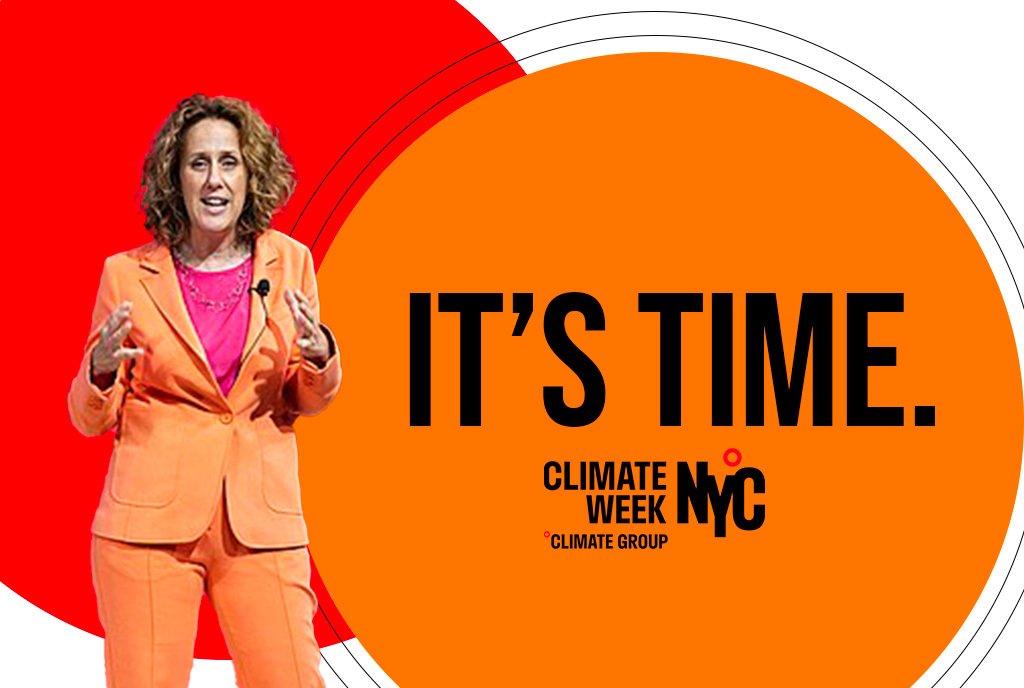
September 10, 2019; New York Times
When you read this article, keep Tuesday’s piece by Mistinguette Smith, “Leadership at the Crossroads,” in mind. It could not be more apropos. In her moving second paragraph, Smith writes:
The suffering is palpable: White nonprofit leaders and rising leaders of color, many of them women, find themselves in relationships full of anguish and confusion. The wounds from these conflicts feel personal, but their source is in structural shifts that are happening across the sector. We are in a moment of seismic change. The fault lines are both generational and demographic. And nearly every organization has been hit by collapsing expectations and flying debris.
A 25-year-old advocacy organization in New York City sounds like it’s experiencing the quake and the suffering that has come with this moment.
The Child Welfare Organizing Project in New York City is a self-advocacy group whose mission is to empower parents—mostly parents of color—to retain custody of children at risk of becoming part of the foster care system. Until very recently, however, the organization has been run by white leaders, whose “friendly foe” stance with the state’s child welfare system was tolerated by the similar demography in the state system.
Jeremy Kohomban, the Project’s former treasurer and current executive director of the Children’s Village, a foster care agency in Westchester County, observed that through their advocacy, the group “proved to the child welfare community that parents not only could be heard but they could organize to bring about a coherent message.” Since then, the Project has been credited with lowering the number of children in foster care in New York— from 50,000 in the 1990s to about 9,000 today.
In 2013, the organization’s longtime leader left to take a position with the city’s child welfare agency, and the organization finally turned to its constituencies for leadership, electing Sandra Killett, their board chair and a parent-advocate, to the executive position. But as she entered the role, she was faced with a larger, field-wide issue.
In New York City, black children make up about 23 percent of the child population, but more than 53 percent of the children in foster care. Still, the power structure remains mostly white and male. Four of the six commissioners who have led the Administration for Children’s Services since it was created in 1996 have been white men. Few women or people of color lead the foster care agencies with the largest contracts in the city.
Killett did not like the dynamics parent-advocates were faced with every day, and so she worked to change them. “There were these women of color and all of these men with so-called stature,” she said. “The women would do what the men said. I had to tell them, ‘Don’t tell me he knows better. No, you’re the expert.’”
Sign up for our free newsletters
Subscribe to NPQ's newsletters to have our top stories delivered directly to your inbox.
By signing up, you agree to our privacy policy and terms of use, and to receive messages from NPQ and our partners.
“They thought I would come in and fall in line,” said Killett, adding later, “I started thinking this is not for me. Every day I wanted to quit.”
By 2016, the organization’s funding had been cut, and so was the new director. Subsequent leaders were unable to right the ship, and today, the nonprofit is on the brink of closure or merger. And there are two very different perspectives held on the situation as it stands.
[David] Tobis, 75, [the founder of the Child Welfare Organizing Project] who wrote a book about the nonprofit’s influence called From Pariahs to Partners, allowed that perhaps the group had run its course.
“Movements start, they rise, they have influence and then they abate,” he said. “Parents are parents. They are not administrators.”
Killett said parents are capable of both, but she said that leaders of child welfare agencies should not confuse a need for support with a relinquishing of autonomy. “You don’t have to follow their lead,” she said.
Things have to change in this sector, and the assumptions that have bound us to practices that sometimes simply extend demeaning and deficit-creating power relationships must be reexamined carefully for both their long- and short-term value. But, as Smith observes, there is now a rift between a younger generation of more diverse leaders and an older generation of leaders that resemble important power brokers and that requires different approaches to the shifts we make. As she writes:
Instead of thinking of the current demographic and generational shifts in the nonprofit and philanthropic sector as a crisis—a cataclysm, an avalanche, a void—we can think of our sector as arriving at an important crossroads. A crossroads is a place that asks us to carefully observe the barriers before us and make conscious choices about how and with whom we shall proceed.
If we acknowledge that we have come to a crossroads about the kind of leadership needed to take our sector forward, we can lessen our anxiety about departing from “the way we’ve always done things.” We will have space to recognize and celebrate the ways rising leaders of color are bringing forward the very insights and inclusive practices that we have been struggling toward. This pivotal junction for the field invites us to turn away from our habitual path of exclusion, a path that excludes both the contributions of seasoned elders and well-prepared younger leaders from the roles that await them.
—Carole Levine and Ruth McCambridge












